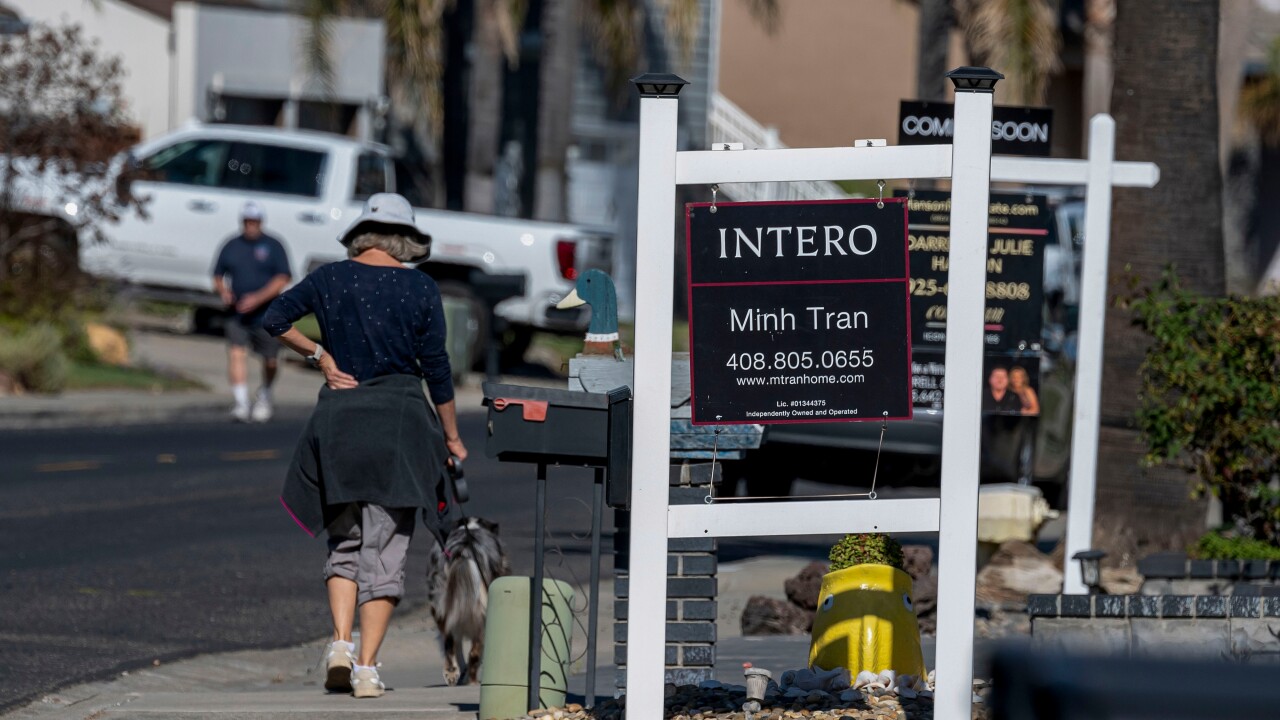
With all that has been said about how the Consumer Financial Protection Bureau's 2016 Servicing Rule will affect current practices in the mortgage servicing industry, the unknown is what deserves focus: how will the industry absorb the rule's impact after its effective date arrives?
Because the CFPB is not allowing optional early compliance with the rule, the industry may have to wait until Oct. 19, 2017, the general effective date — or April 19, 2018, for when the successor in interest and periodic statements for borrowers in bankruptcy provisions take effect — to find out.
Generally, the CFPB declined to allow servicers the option to get into compliance prior to a rule's effective date. According to the bureau, offering early compliance for some provisions of the servicing rule, without requiring early compliance with all of the provisions, would be too speculative and could cause confusion to consumers and regulators alike and could lead to potentially unnecessary litigation.
The CFPB's decision to prohibit optional early compliance is intended to be helpful. But, in clarifying some parts of the rule, the CFPB may have unintentionally shifted the burden to the industry to determine which provisions should be implemented early.
That's because the bureau recognizes that early compliance is permitted in three instances.
First, the CFPB will allow servicers to continue with current practices in the "several instances" where the new rule adopts new commentary to the current regulation that "clarifies, reinforces or does not conflict with the existing rule and commentary."
Here, in those several but unidentified instances the bureau will allow servicers to continue those practices that are consistent with both the new commentary and existing regulation and commentary. One might ask if the opposite is also true — prior to the rules' effective date, can a servicer continue with existing practices that aren't currently prohibited even though they would be prohibited by the new rule?
For example, the current rule does not distinguish between vacant and abandoned property, but allows that if a property ceases to be a borrower's principal residence, the procedures in Sections
One could argue that neither a vacant nor abandoned property is a borrower's principal residence. However, new comment 30(c)(2)-1 clarifies that the vacancy of a property does not necessarily mean that the property is no longer the borrower's principal residence.
In addition, new comment 41(b)(1), according to the CFPB, is intended to "clarify the prohibition against a servicer ceasing efforts to collect documents and information based upon a borrower's stated preference."
The CFPB goes on to state that the comment is simply providing examples — not creating a new standard for compliance. While recognizing that servicers may limit what information they collect for retention options when borrowers request a short sale at the beginning of an application process, is the CFPB signaling that this practice is no longer allowed, despite the uncertainty in the current rule?
Second, the CFPB will allow servicers to continue with consumer-friendly practices that are not specifically required under the current rule and do not violate the new rule. Providing periodic statements to borrowers in bankruptcy, providing notices of complete applications for loss mitigation (even if such notices or statements don't meet all the requirements of the new rule) or re-evaluating borrowers for loss mitigation options in certain circumstances (such as a new hardship) are three examples of unspecified practices in compliance with the new rule.
Third, for situations not covered by the above list, the CFPB recognizes that when "practices that will be mandated by the final rule are in compliance with the current rule or are not in violation of the current rule, servicers may continue those practices in compliance with the existing rule without necessarily adopting all of the specific requirements of the final rule before their effective dates."
Some practices would not fall within this list. For example, the new rule gives a servicer 10 days to acknowledge a pending loss mitigation application at a servicing transfer. A servicer that implemented practices to take the 10 days in advance of October 2017 could be in violation of the current rule. Unfortunately, there are many provisions that are not as black or white — and given that there is no guarantee the servicer would in fact be in violation of the current rule, there's a fair amount of ambiguity there, as well.
So what can servicers do now to prepare for October 2017 and beyond? Start by carefully reviewing the new rule and using the rule as a roadmap for future practices. Develop a gap analysis and risk assessment to identify practices inconsistent with the new rule in order to assess whether earlier compliance is prudent, update written policies and procedures and compliance management systems, develop operational requirements and IT systems, testing audit systems and processes, and training employees and service providers. In the meantime, servicers can also hope that the CFPB will provide more clarification on when early compliance may be permitted.
Nanci Weissgold is a partner at Alston & Bird's in the financial services and products group, and co-leads the firm's Consumer Finance Regulatory Compliance team.





